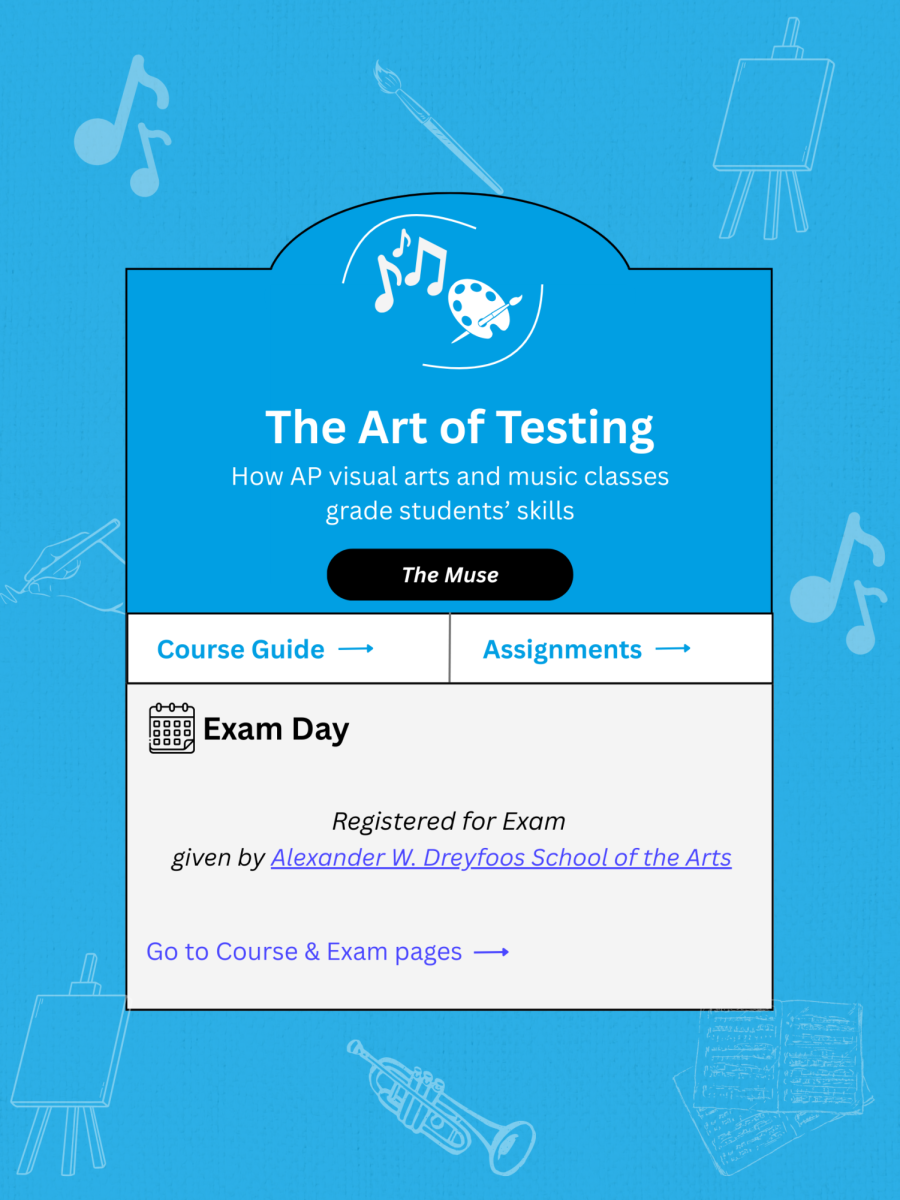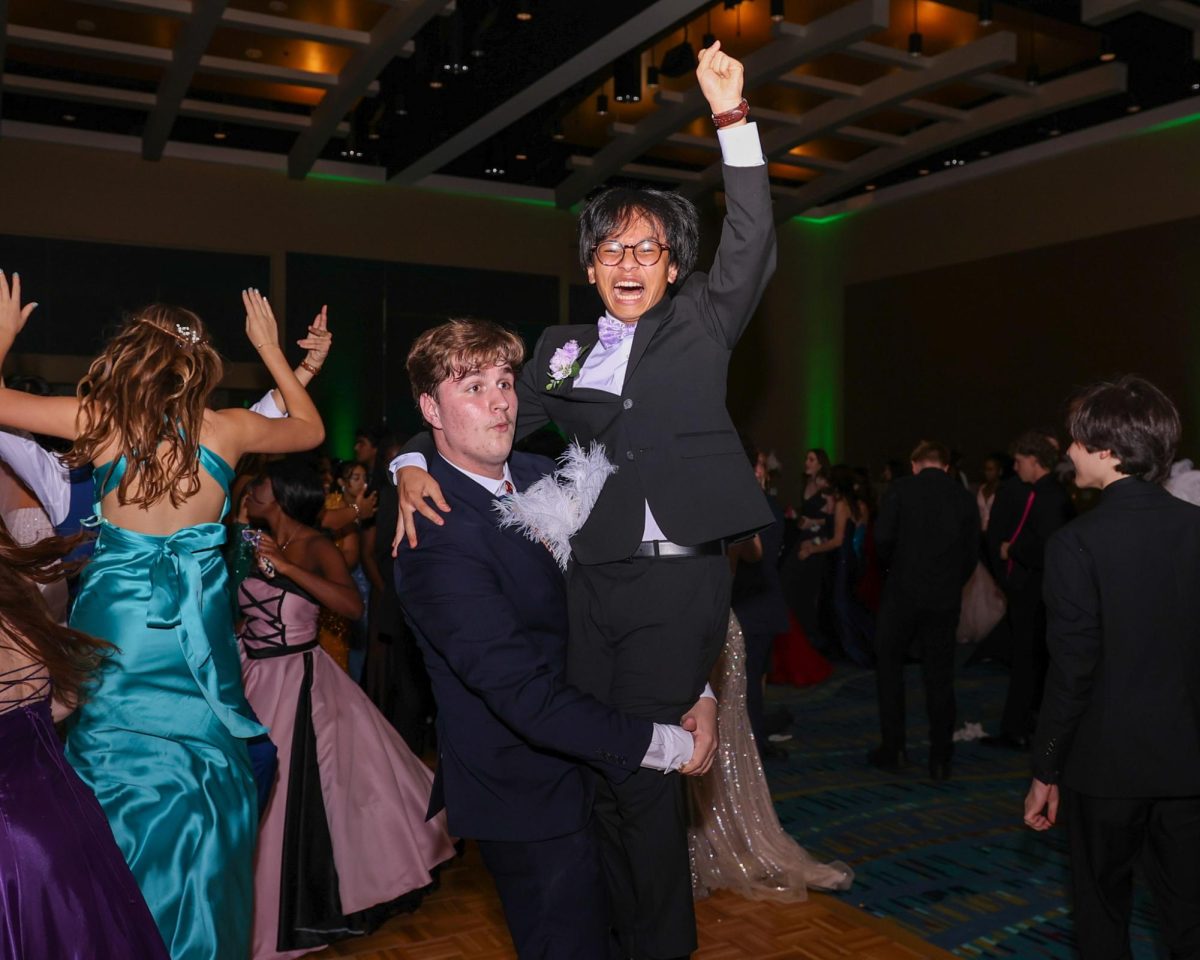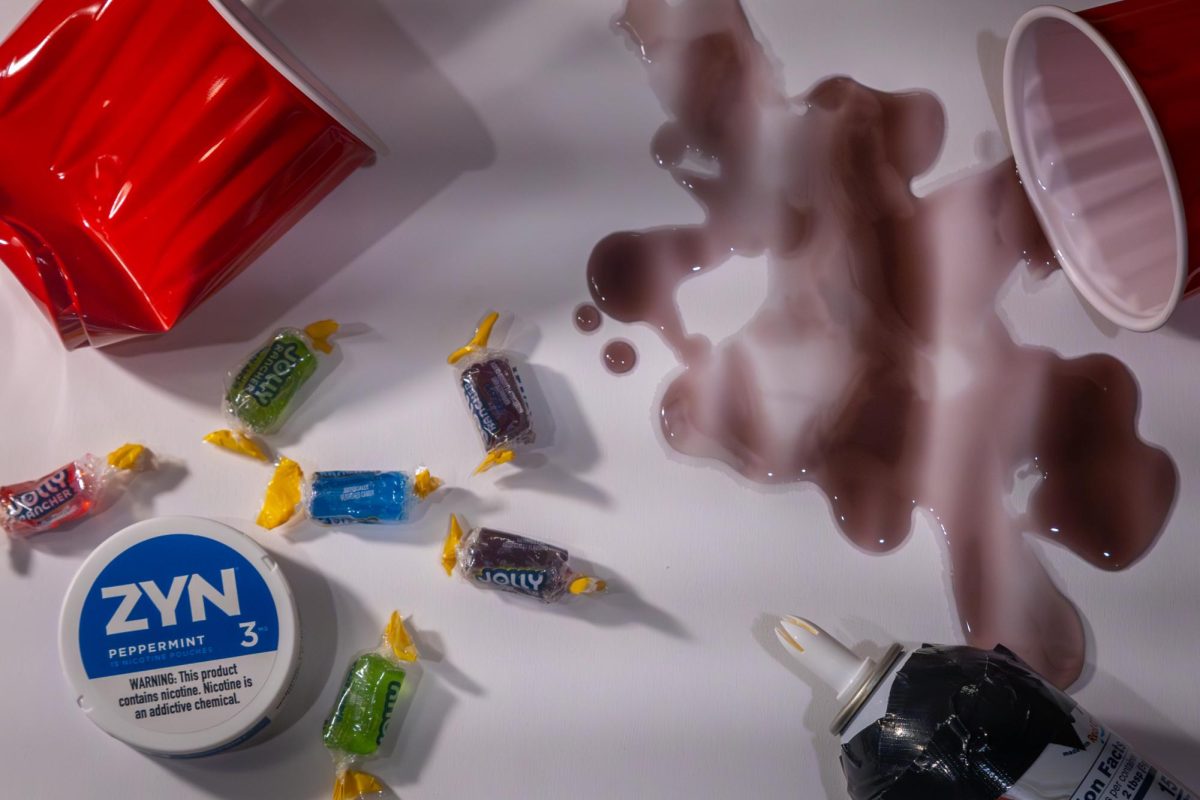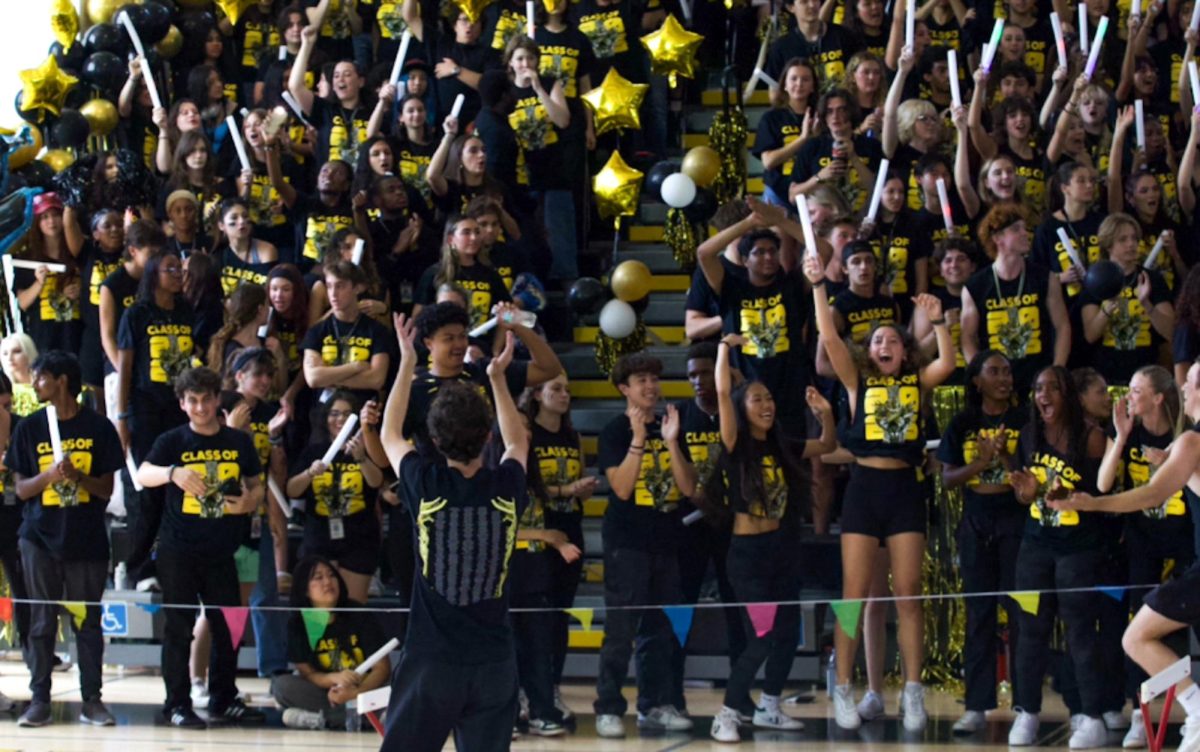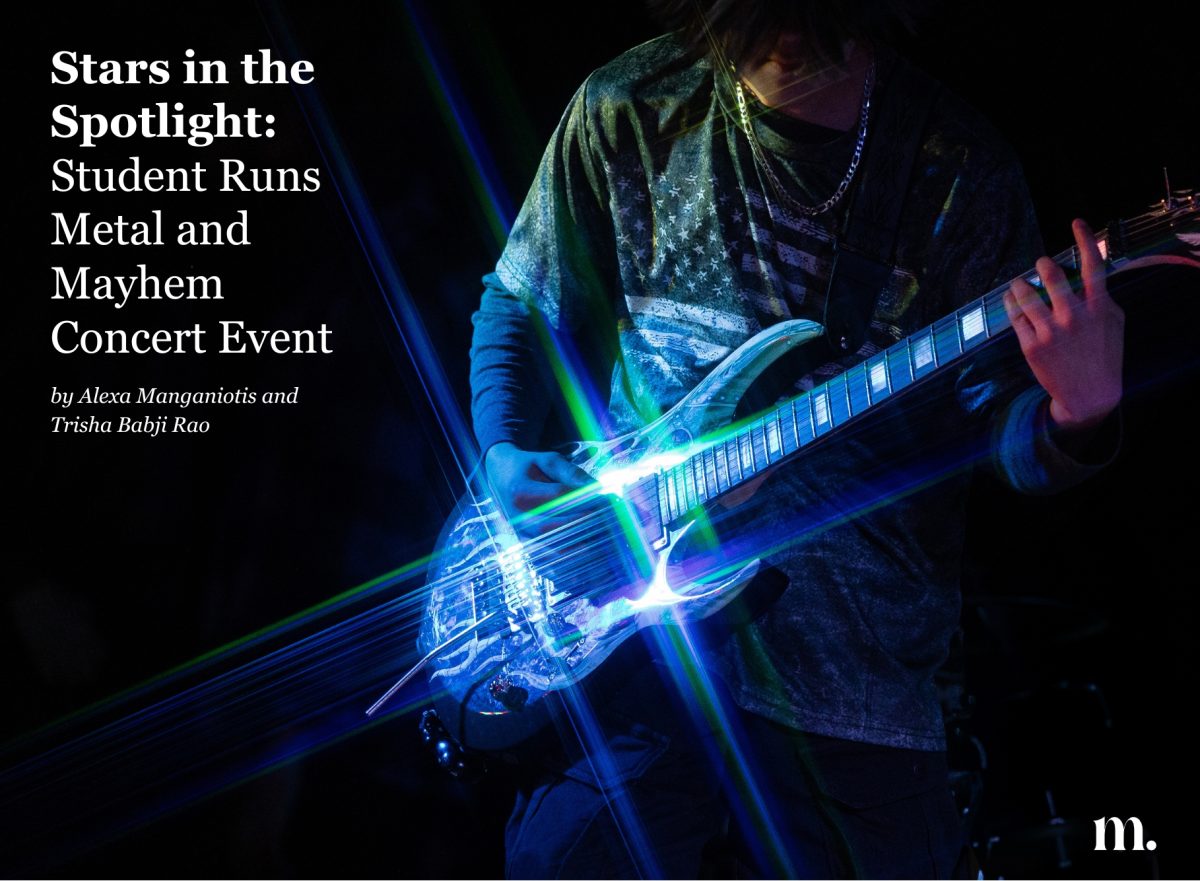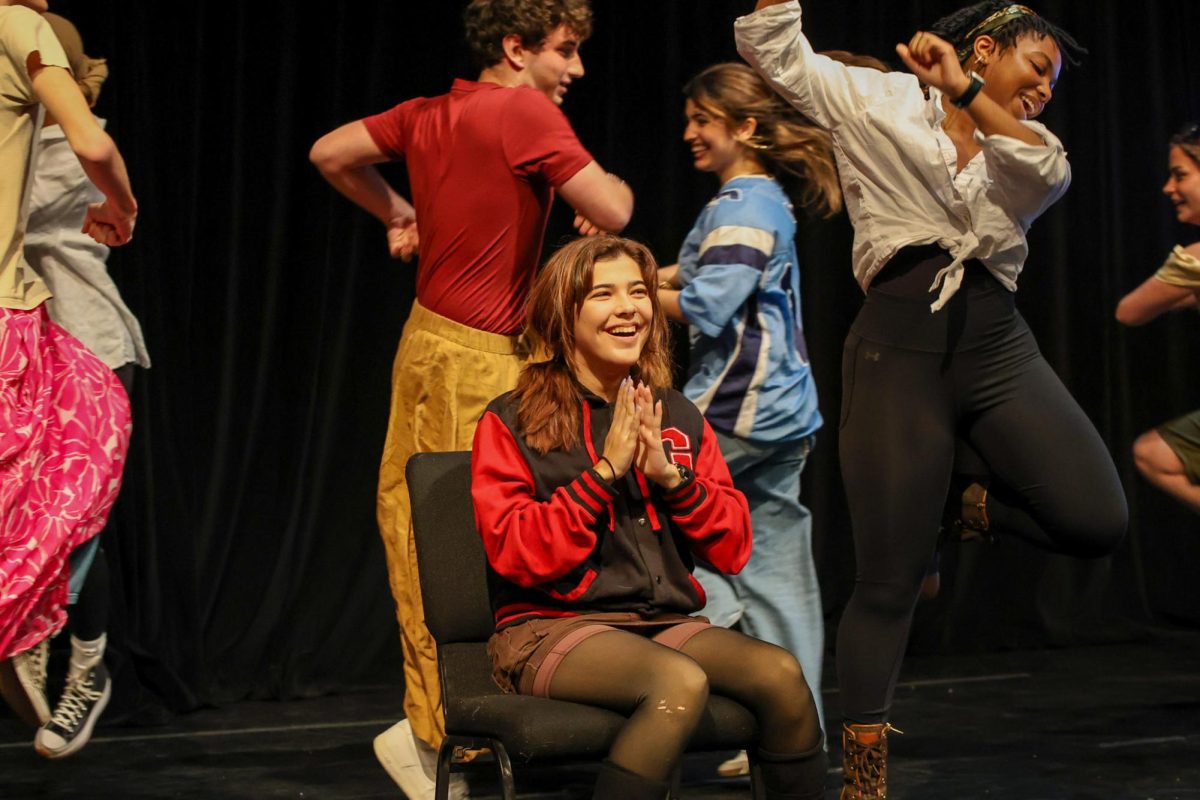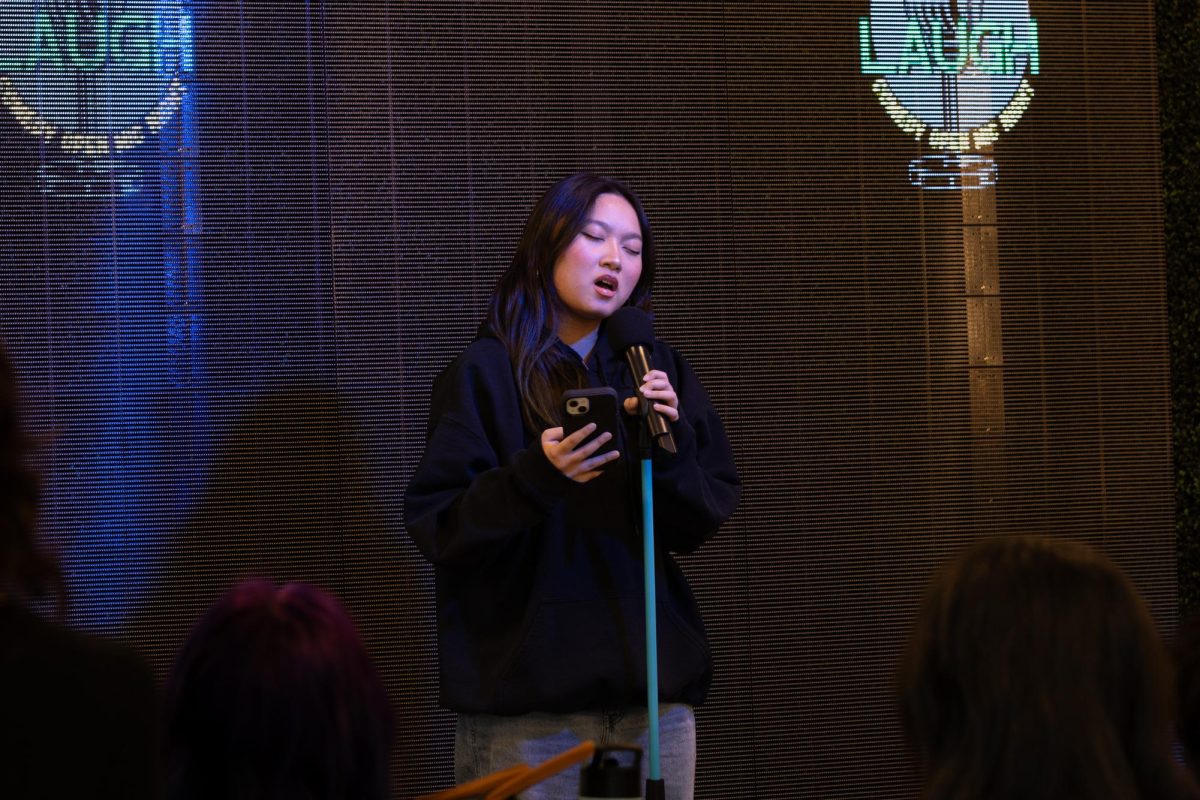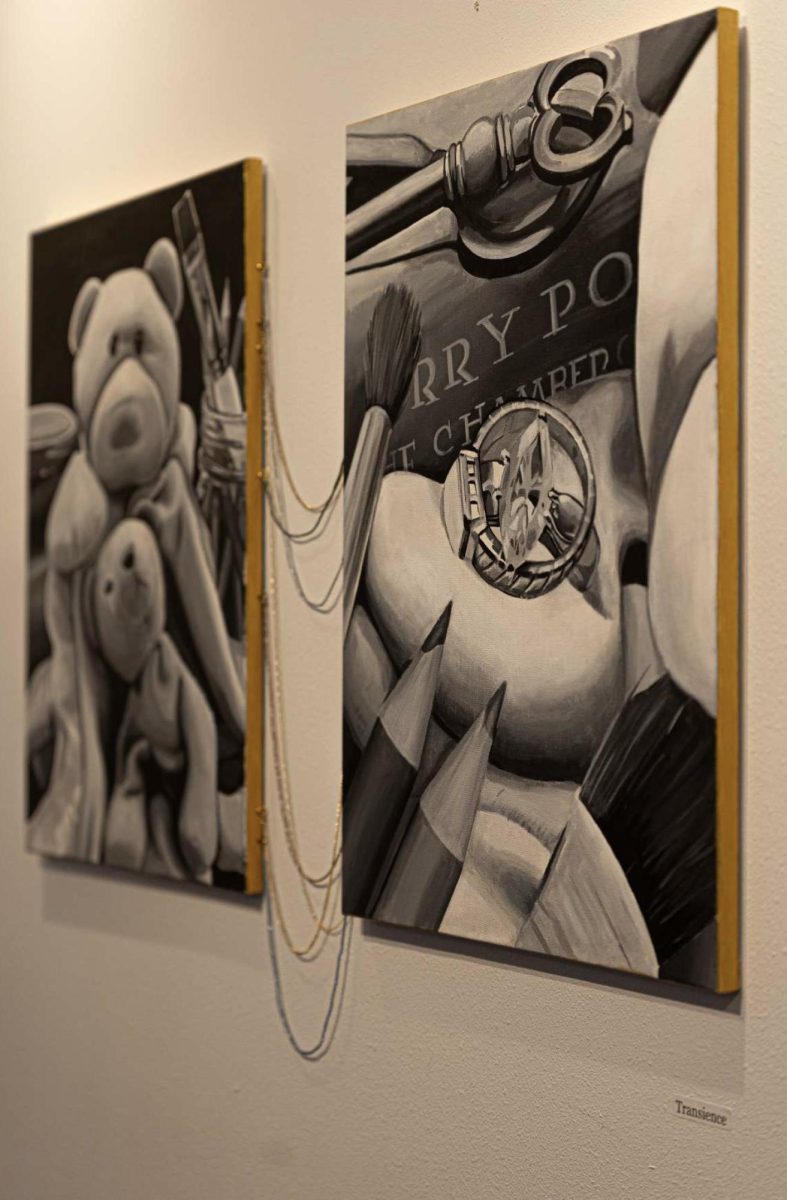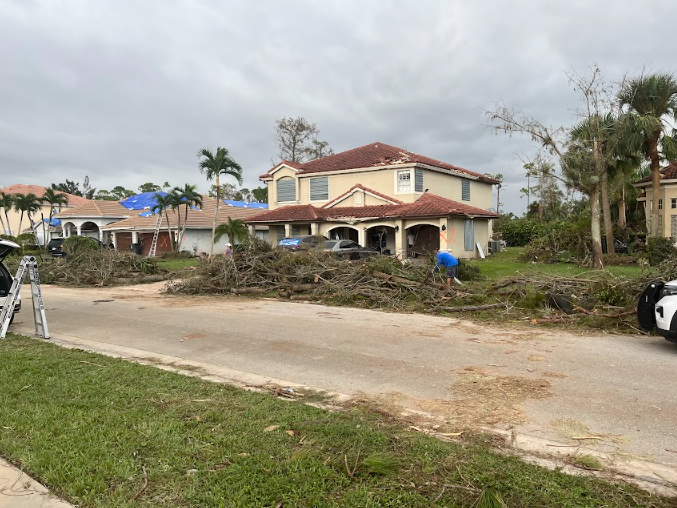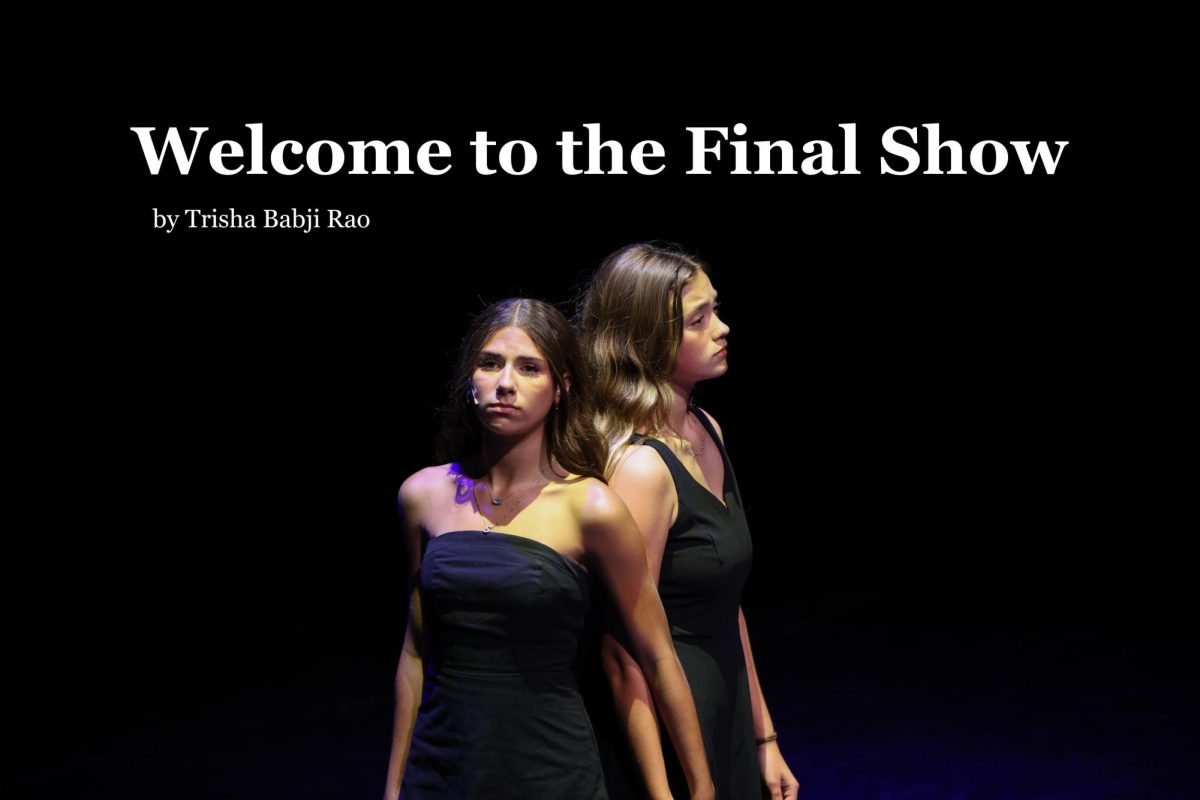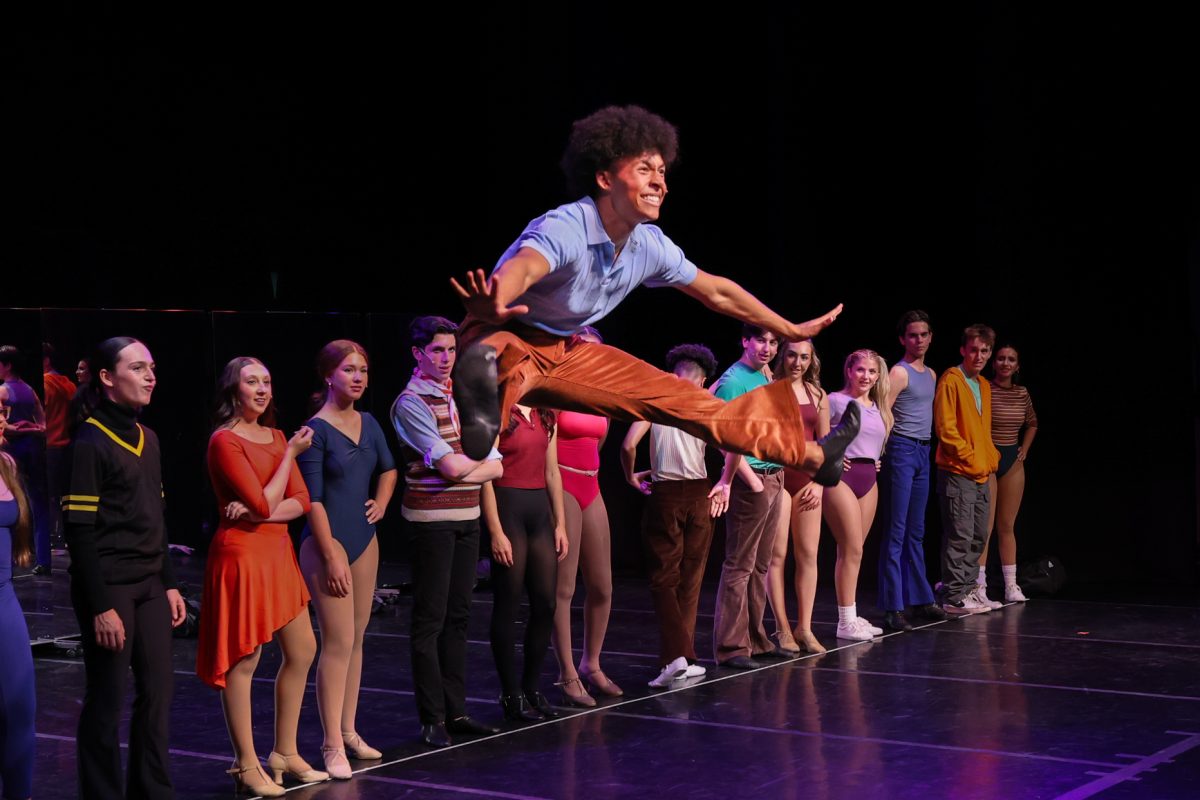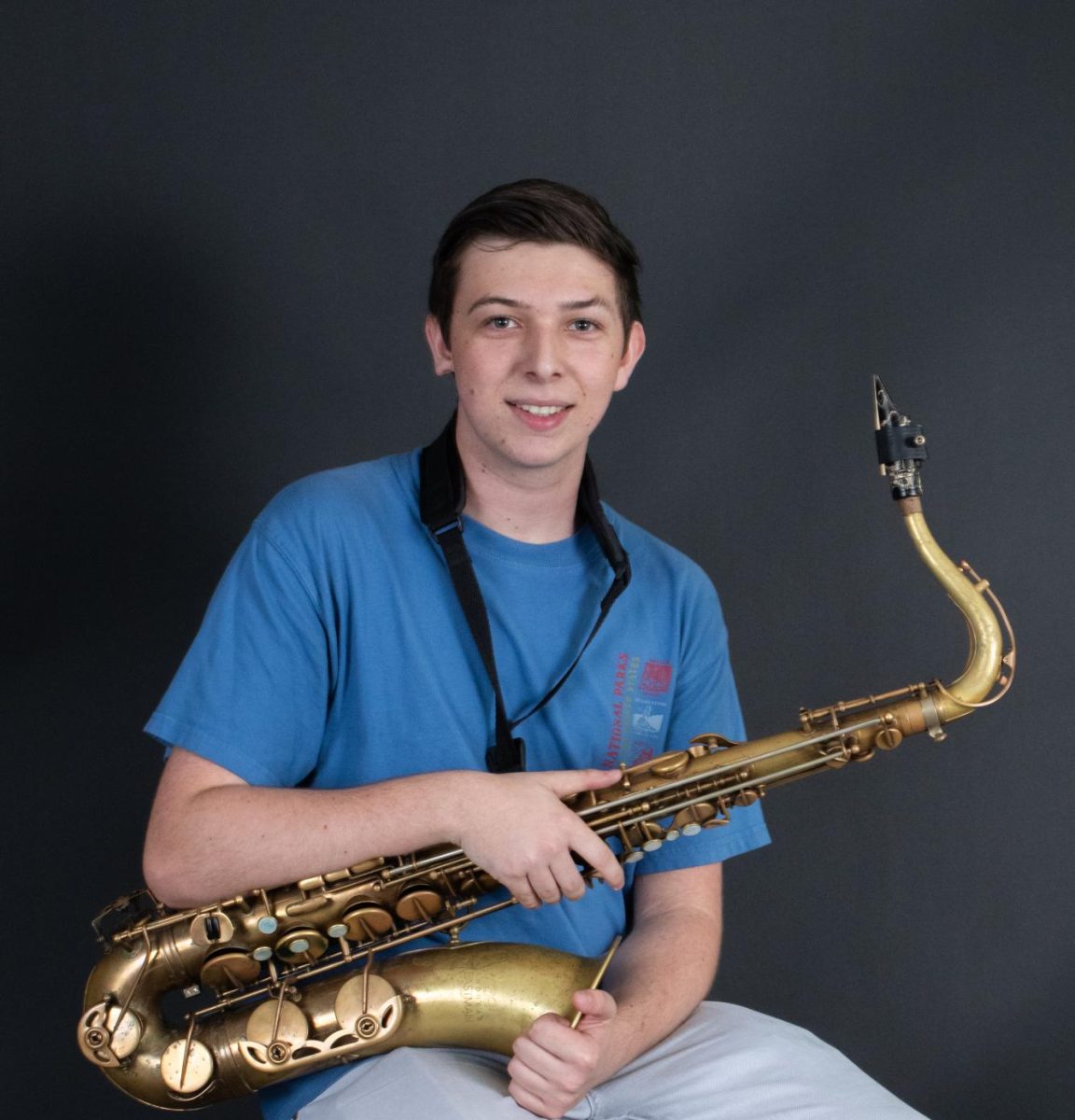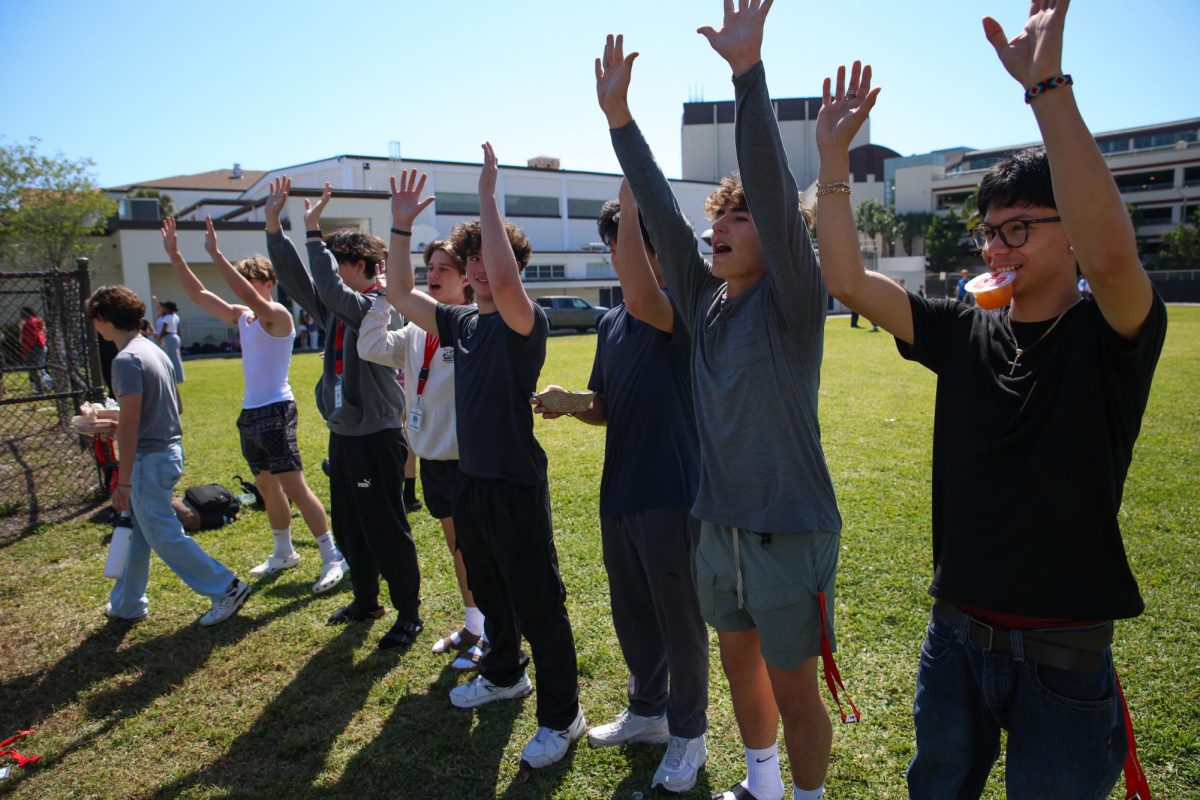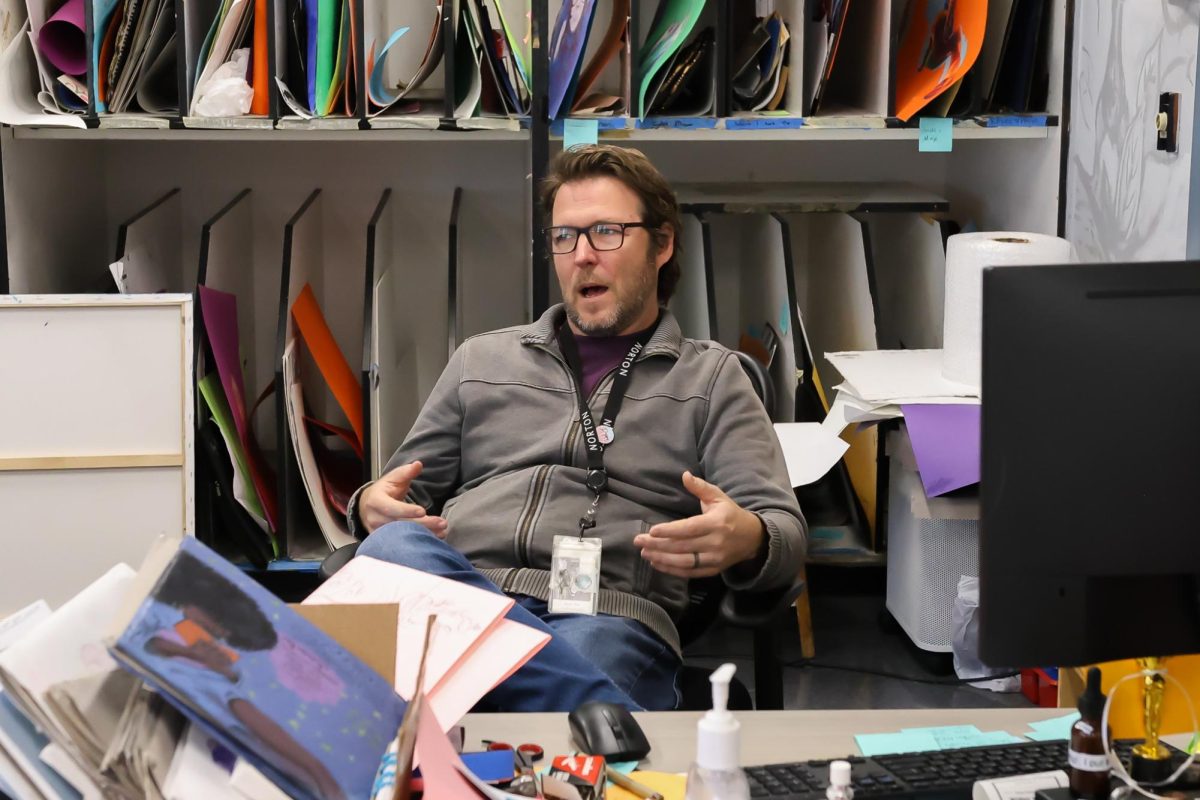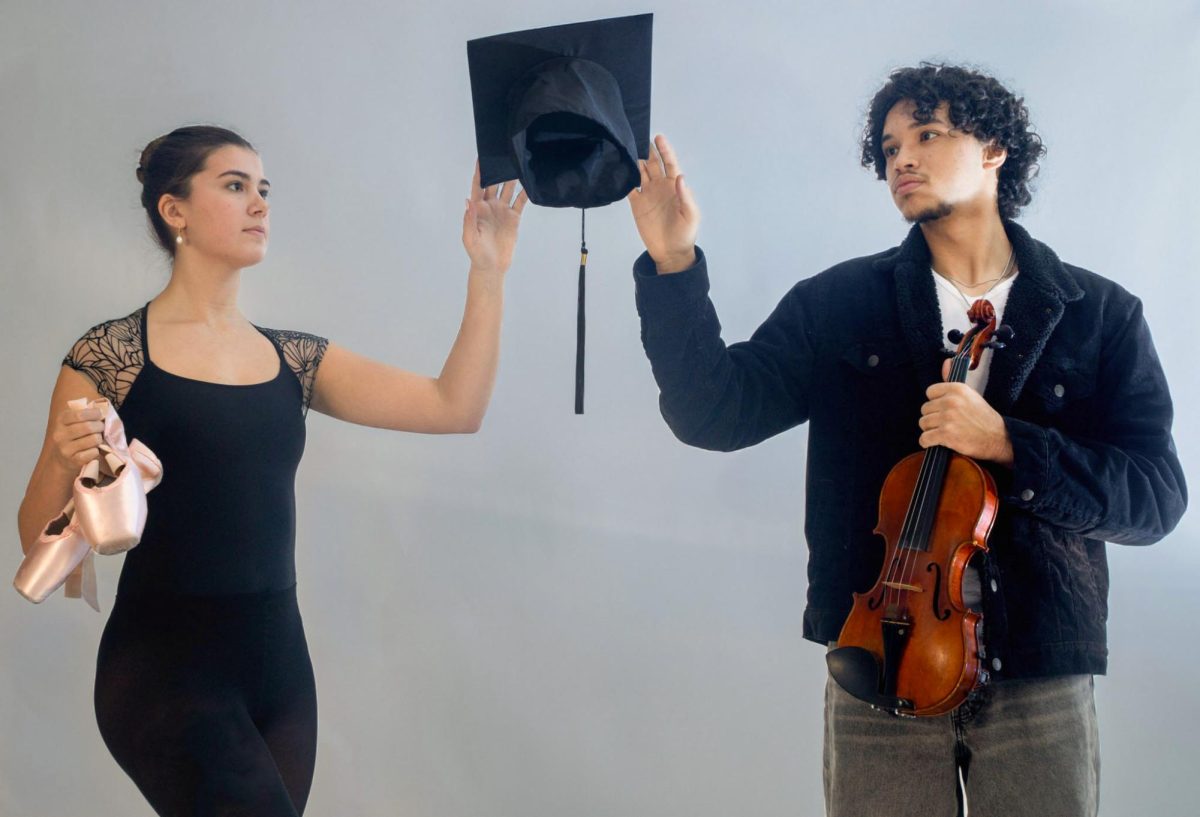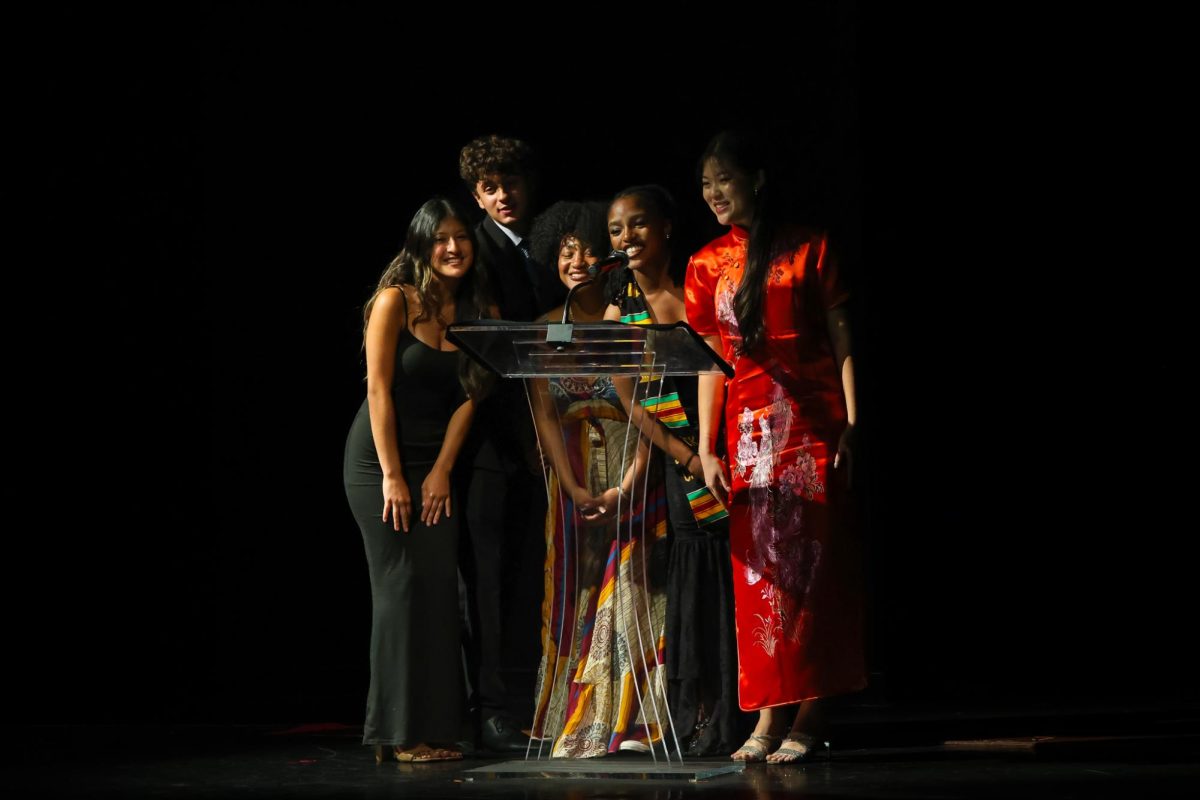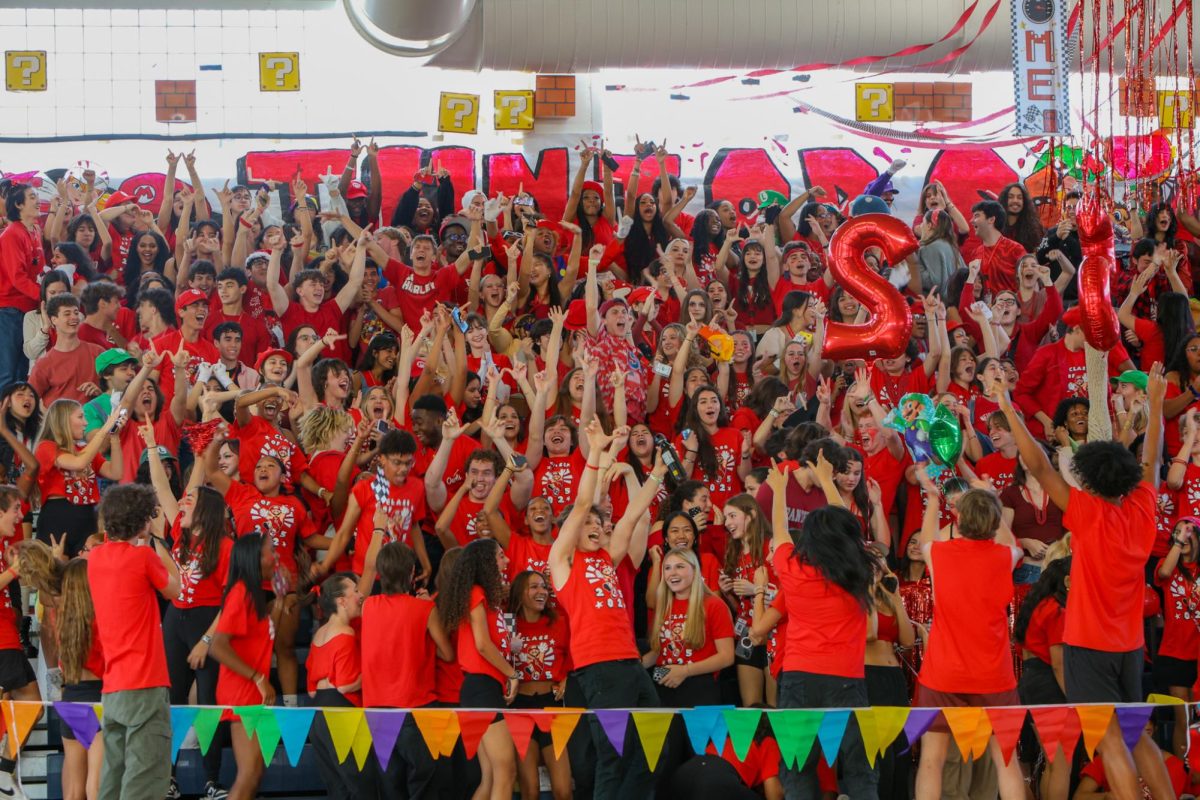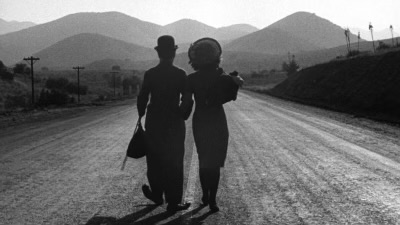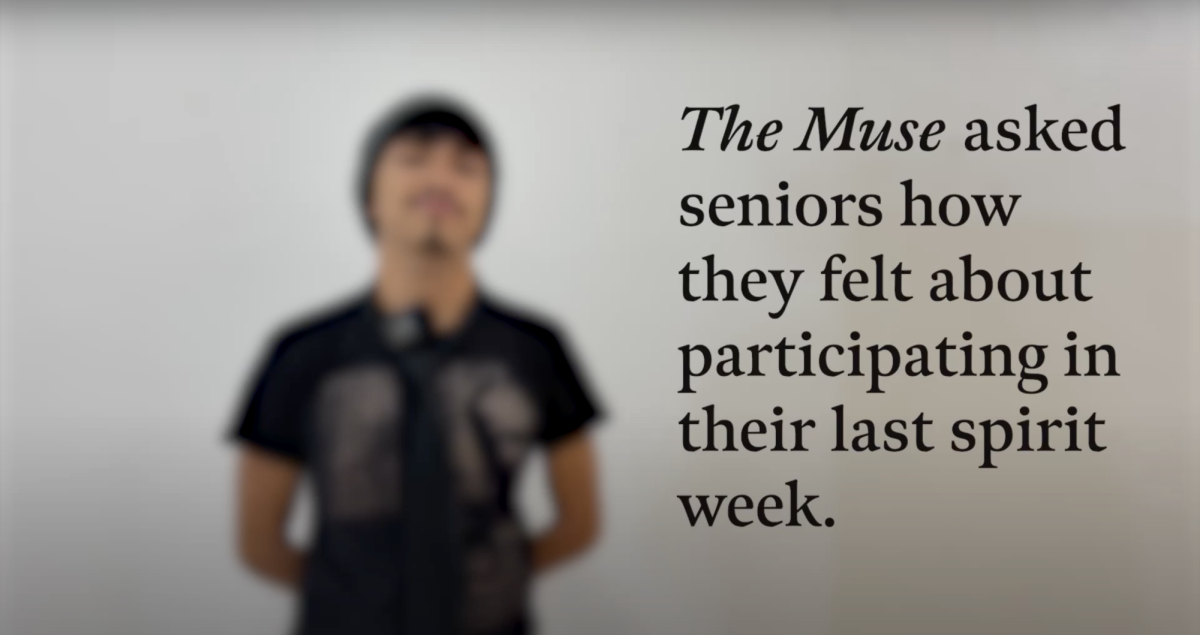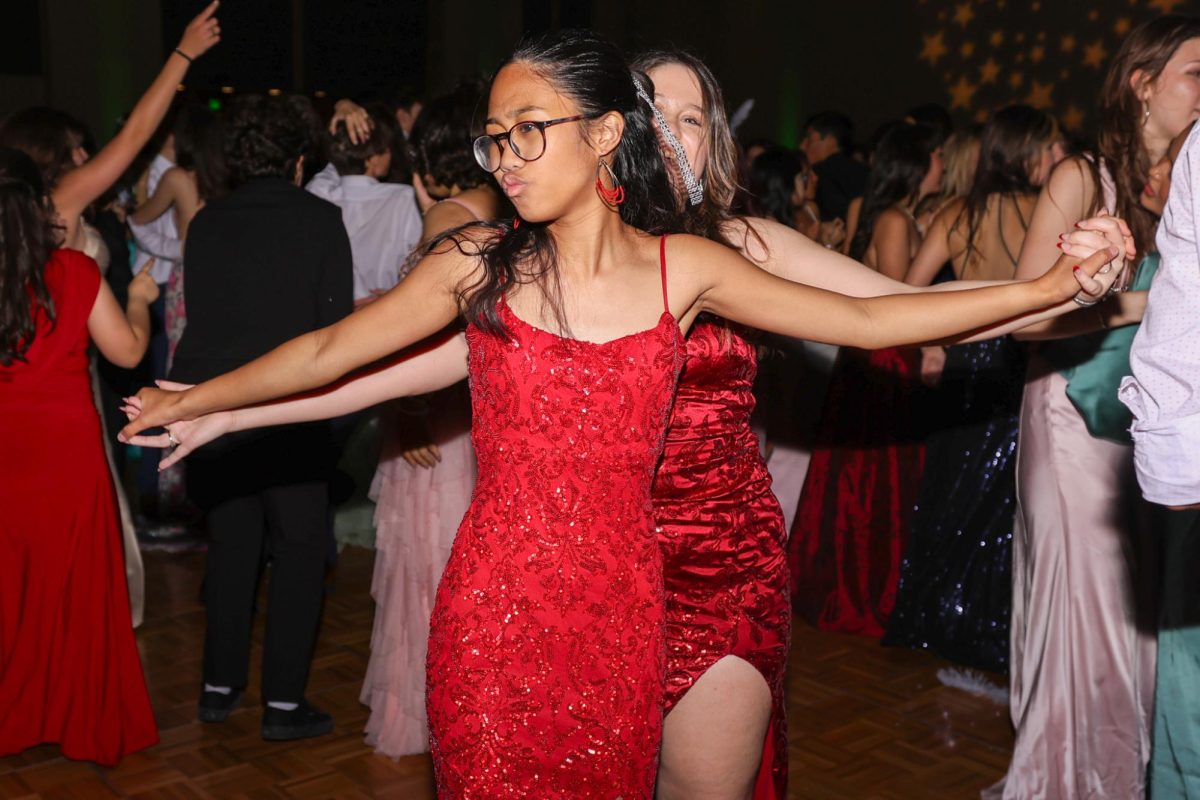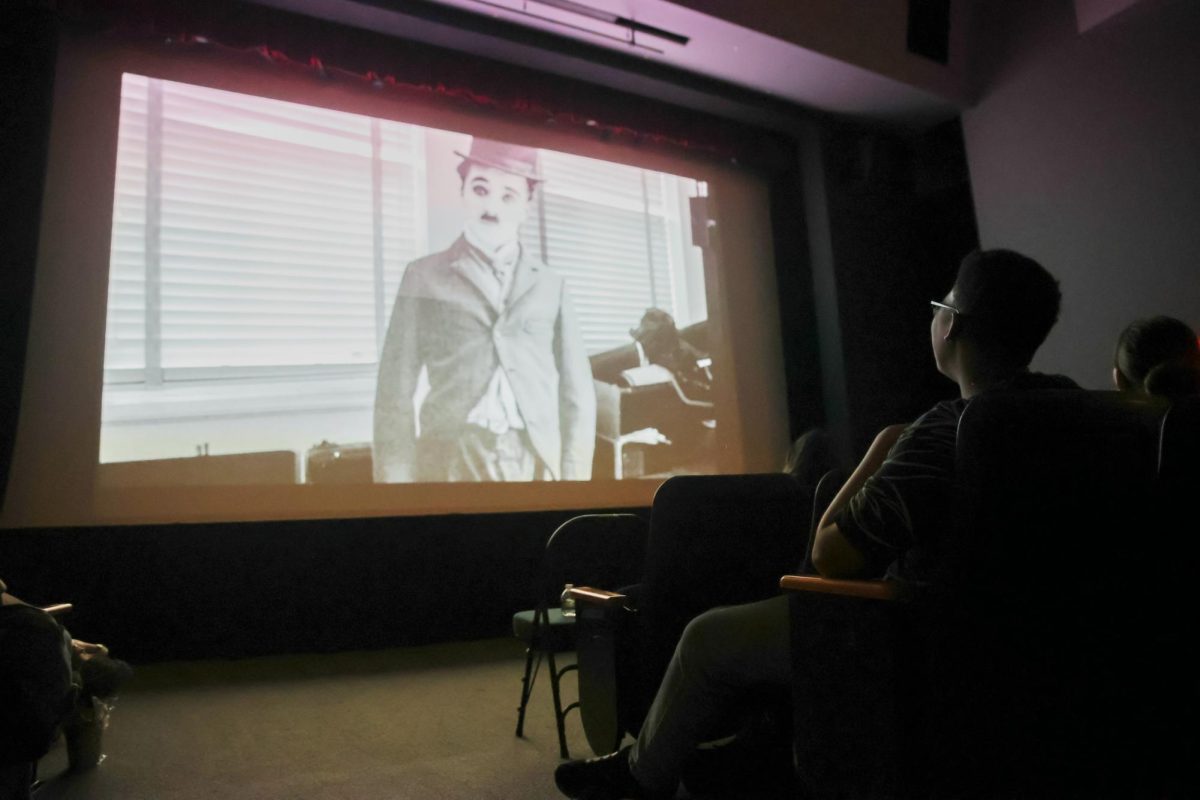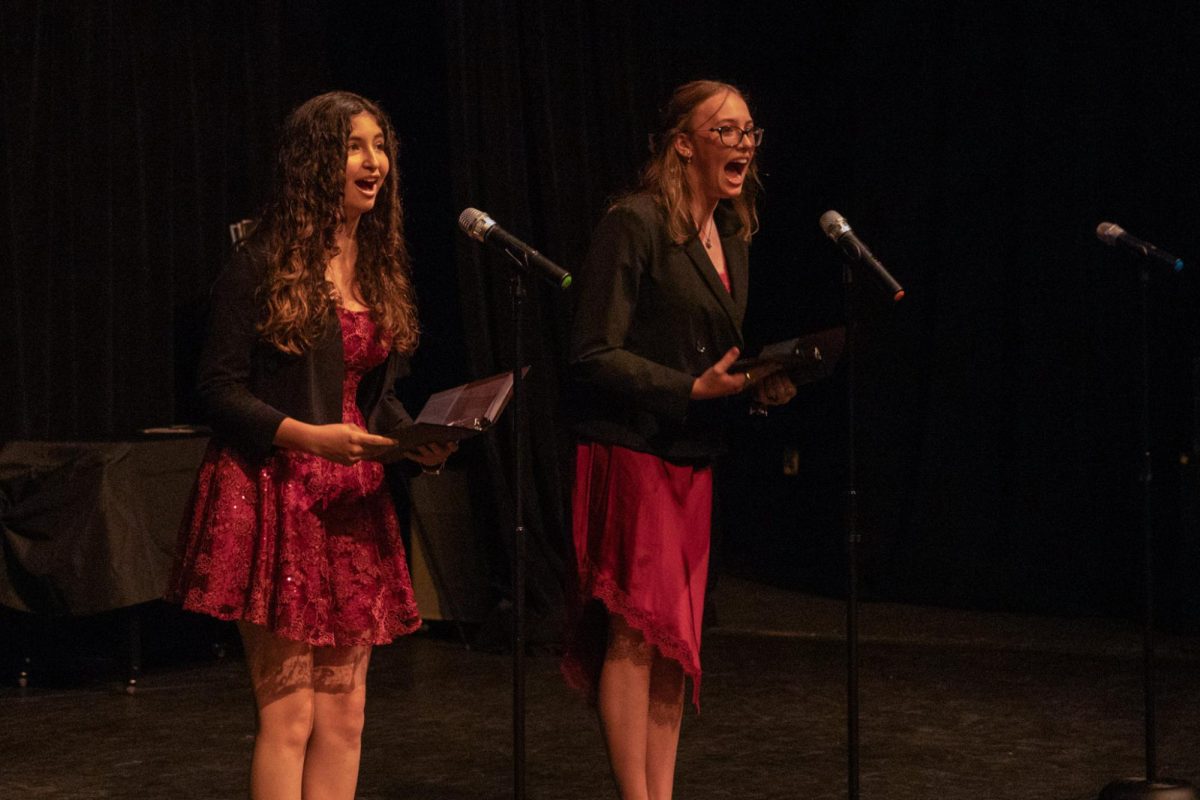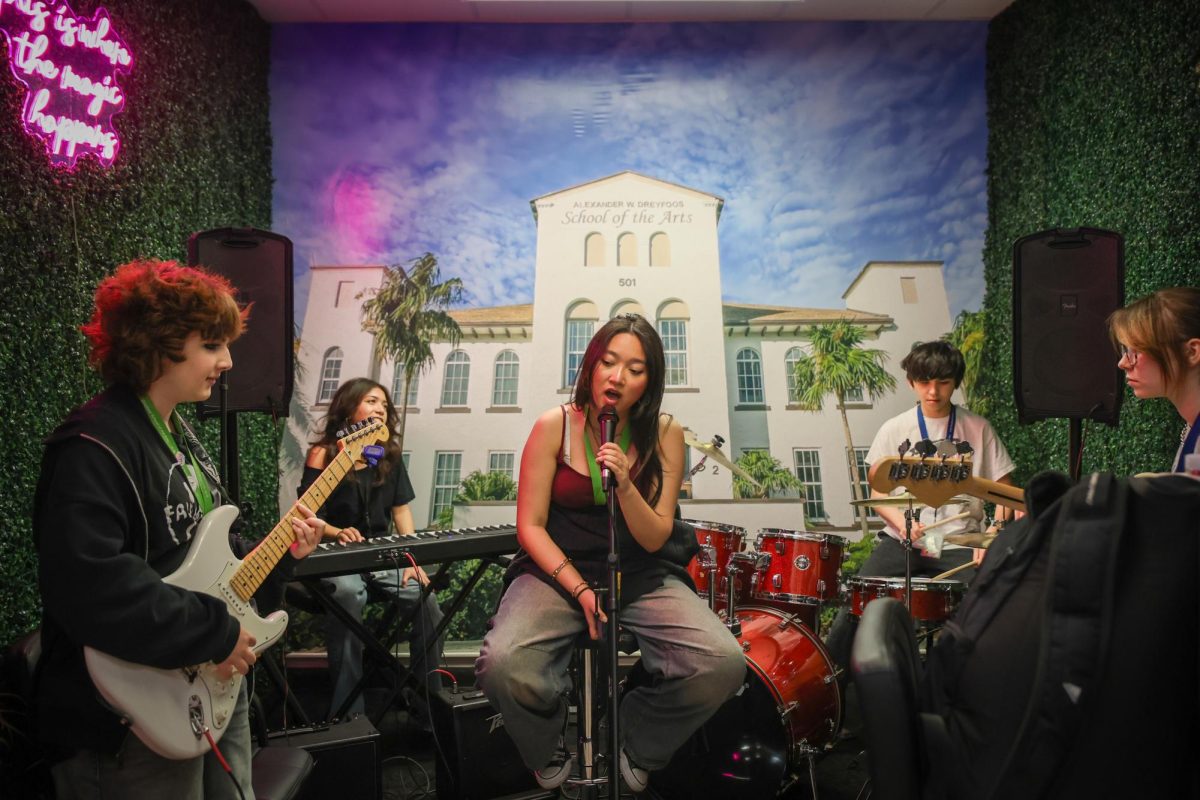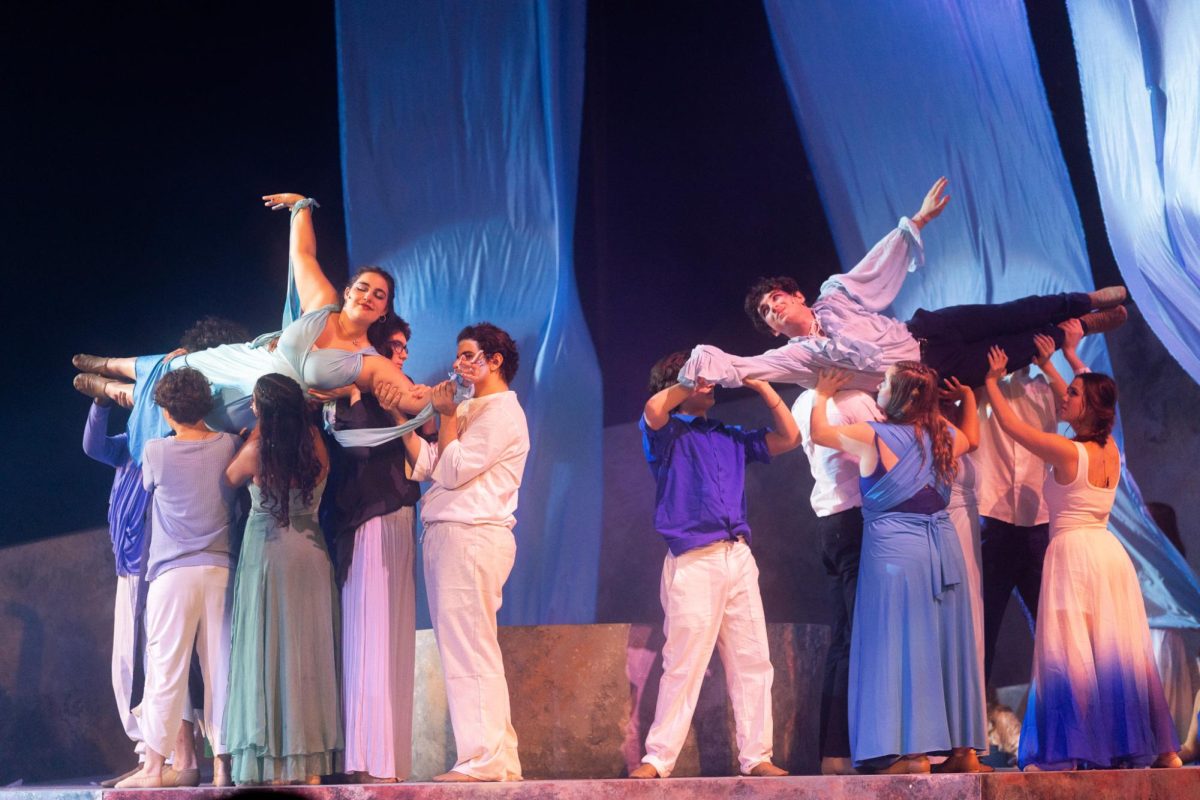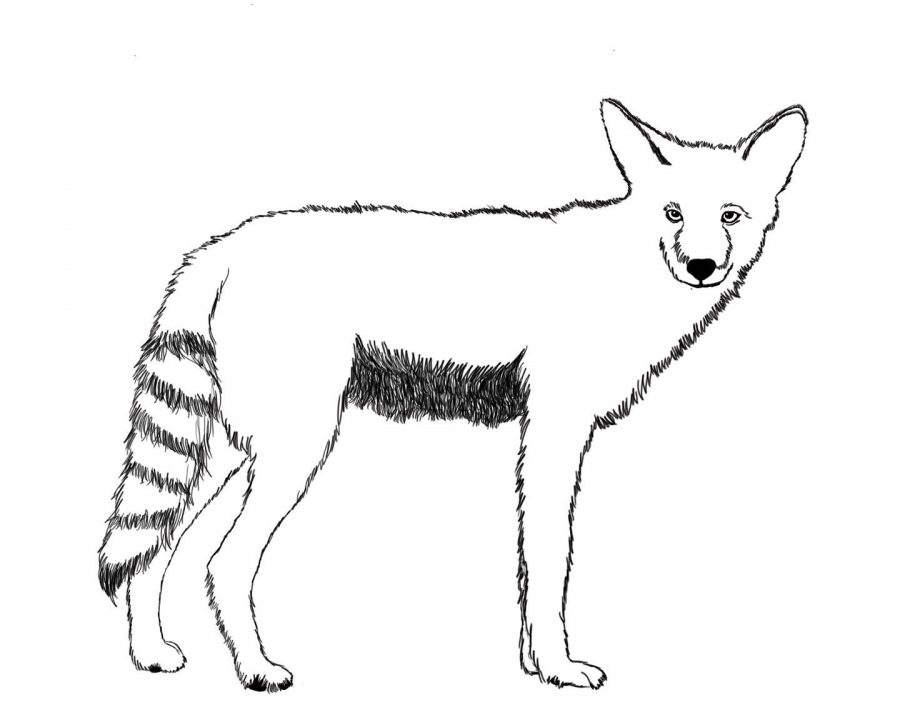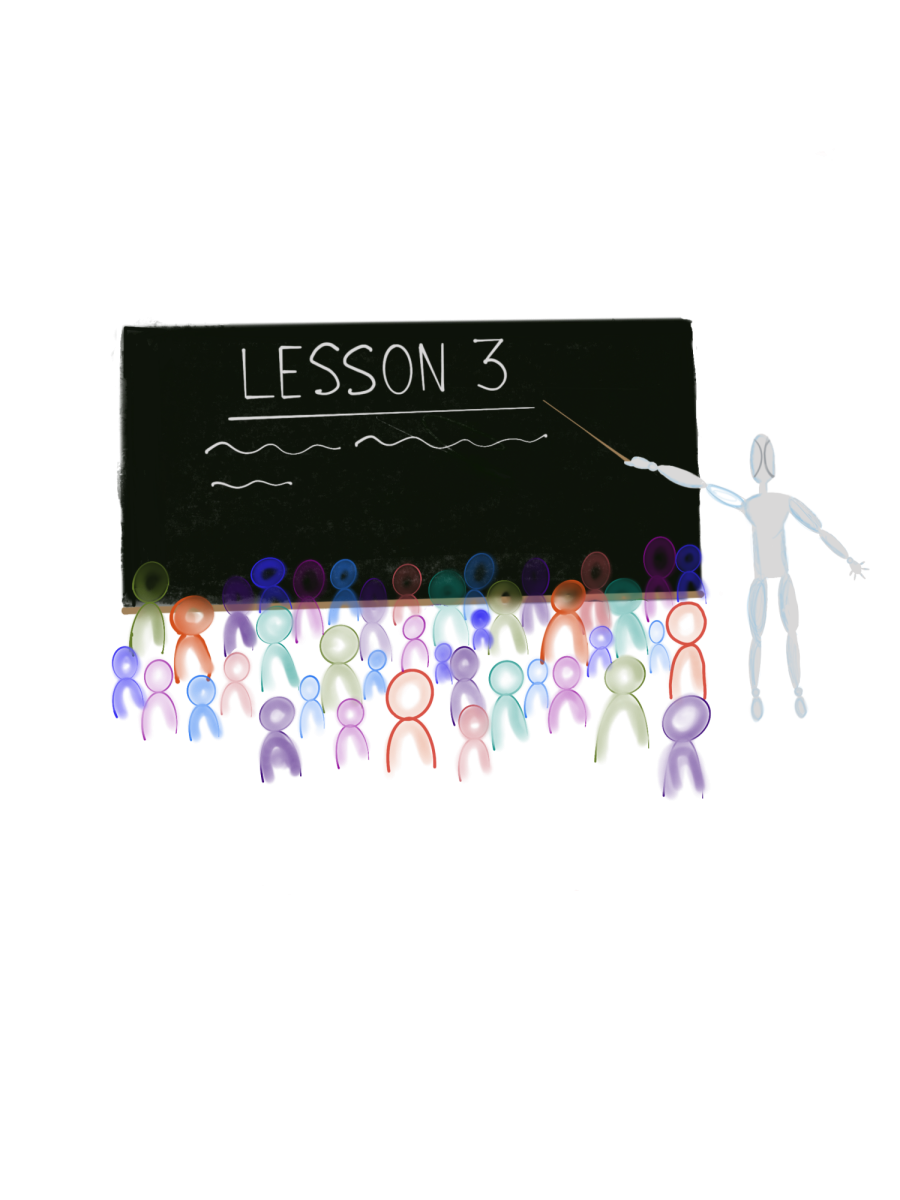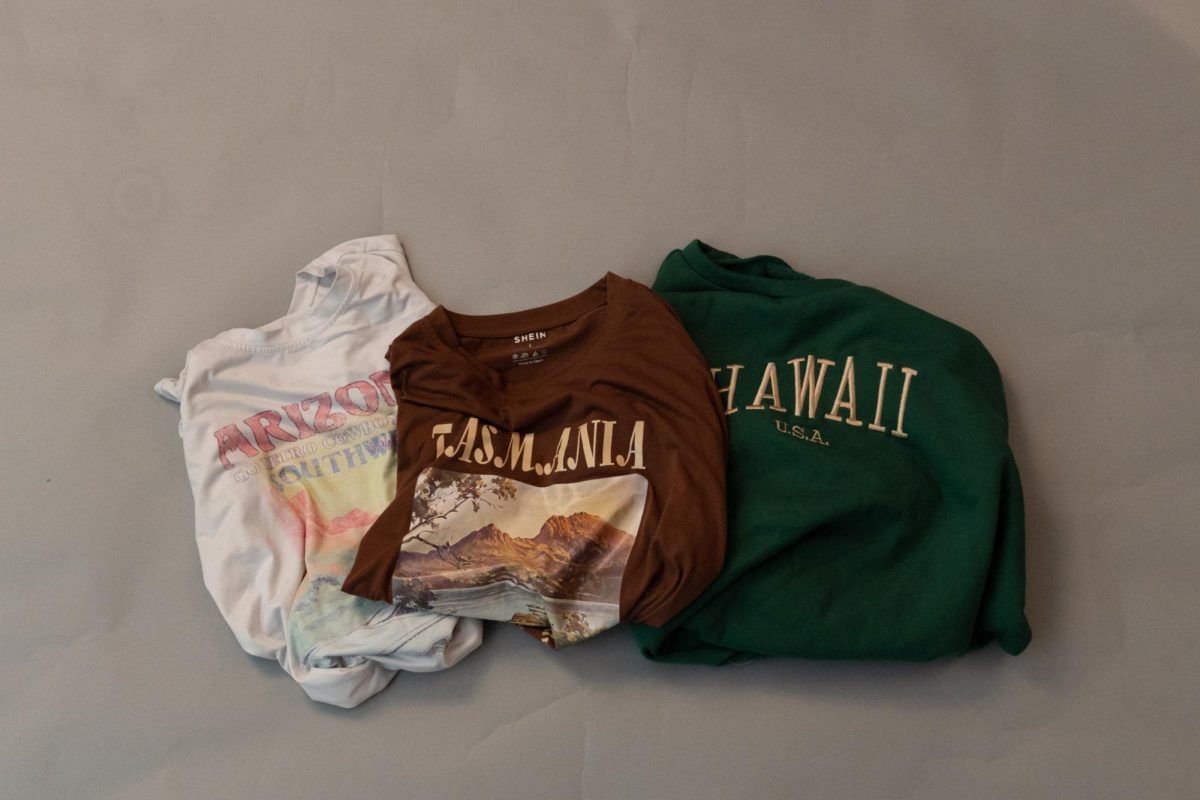A mournful howl resonates into the starry sky, echoing off of the stoic canyons. A single coyote ends her cry, and disappears into the chaparral. The coyote is one of the most vilified animals in history, and the hatred for them stems off of misconceptions and exaggerated stereotypes. Every minute one of these intelligent creatures are killed, totaling to 400,000 coyote deaths annually, according to wildlife ecologist Stan Gehrt. By analyzing the history of wrongful persecution against coyotes, people can appreciate how beautiful these misunderstood animals are.
Coyotes evolved in North America around five million years ago, and they can not be found anywhere else. In Native American folklore, the coyote is a deity that teaches people about human nature and interacting with others. The Navajo even saw the coyote as God’s dog. It was only in the late 1800s that the coyote became demonized. Mark Twain’s novel Roughing It depicted the coyote as a disgusting animal, saying that “the meanest creatures despise him, and even the fleas would desert him for a velocipede.” From that point to the present, a negative image of the coyote has circulated. In the 1920s, even respected sources such as Scientific American called coyotes “the original Bolshevik.”
According to National Geographic, the Eradication Methods Laboratory designed poisons specifically to kill coyotes, and in 1931, Congress gave them $10 million to get the job done. This was seen as necessary, as coyotes were thought to be decimating the population of large prey animals. However, they never impacted big game. The laboratory had not studied coyotes, and assumed their diet resembled that of their cousin, the wolf. But when they finally decided to research the animal they were poisoning, it was revealed that coyotes dine on mice, rabbits, and fruit. They have practically no impact on large prey. It was too late for the scientific facts to make a difference. The agency had already killed 6.5 million coyotes between 1947 and 1956.
Despite the slaughter, the population of coyotes didn’t diminish. Biologists Fred Knowlton and Guy Connolly published the study “The Effects of Control on Coyote Populations” and explained a phenomenon known as fission-fusion adaption. When targeted, coyotes abandon their pack and separate into pairs. Their litter size increases from six to sixteen pups. Gehrt stated that a coyote population can be reduced by 70 percent but be back at their original number the next summer. Coyote yips serve as a census: if enough howls are not answered back, fission-fusion kicks in.
When the coyotes feel unsafe in their homes of the American West, they nestle into cities full of abundant food, leading to the rise of the urban coyote. In Chicago, thousands slink in the shadows of concrete hideaways, coming out at night to eat while evading humans at all costs. This can have benefits, as urban coyotes consume Canadian goose eggs, a species that is louder, messier, and more aggressive than coyotes. But despite the positives of the urban coyote, it is overall disheartening that this species must resort to unnatural measures to simply survive.
Coyotes have the reputation of being a threat to humans, but in reality, there have only been two fatal attacks on humans since America was founded, according to the Humane Society. Project Coyote, an organization which aims to inspire coexistence with humans and coyotes, states that the rumors of coyotes having rabies is untrue – the species is not capable of carrying the disease. In addition, urban coyotes prefer not to raid trash bins, but to eat rodents that do the raiding. According to the New York Times, studies in Yellowstone prove that when coyote populations are left alone, their number stabilizes. It is important to remember that if coyotes were not ruthlessly attacked, they would have remained in their natural habitat. As bloodsport hunting continues to this day, more and more animals migrate to cities.
Due to the actions of humans, coyotes now live among us, and we must learn how to adjust to their presence. It is crucial to dispel rumors about the coyote, and to bring attention to the way the species has suffered. Only then can coyotes have the peace and respect they deserve after decades of cruelty.


